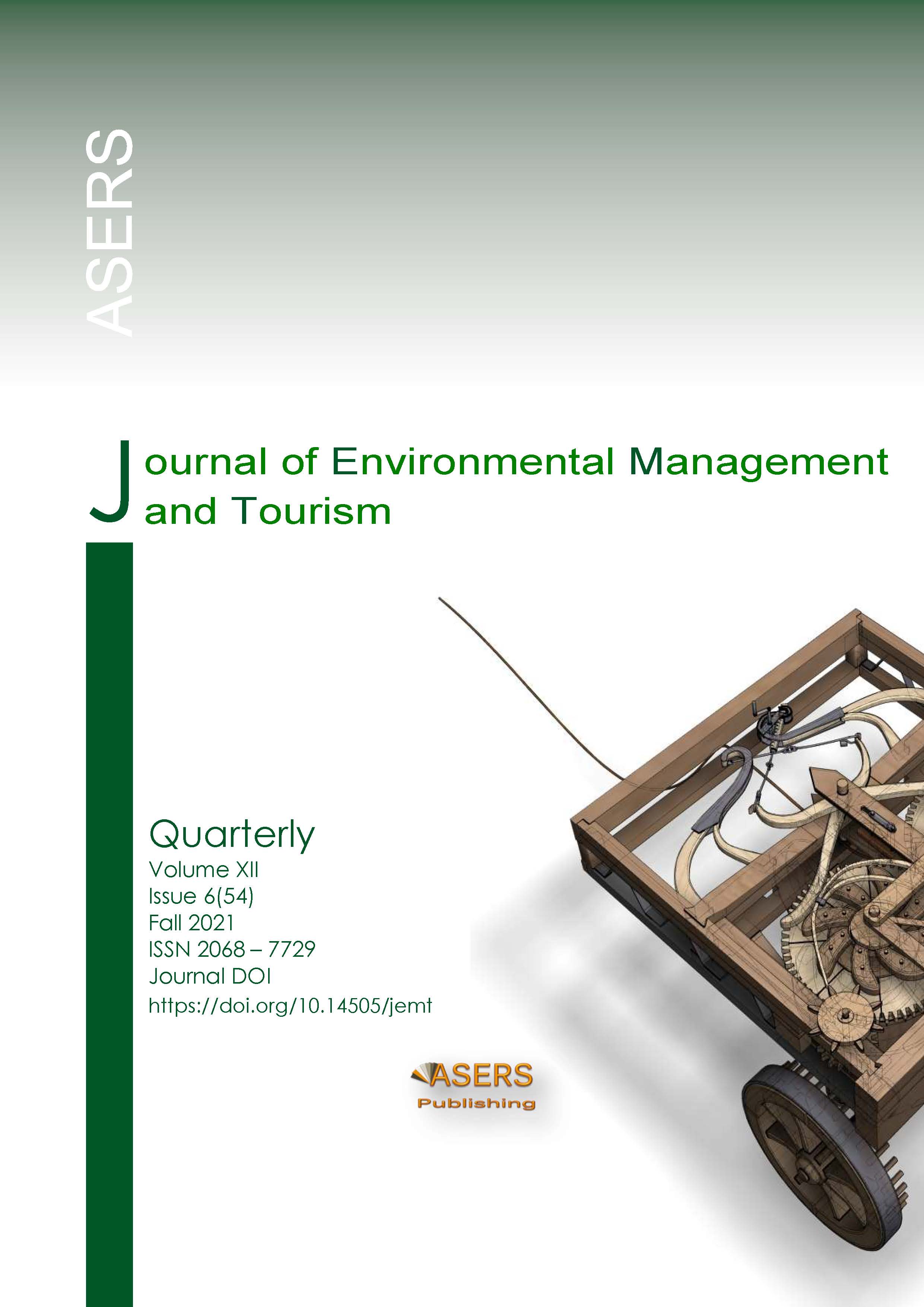Major Ambient Air Pollutants and Toxicity Exposure on Human Health and Their Respiratory System: A Review
Major Ambient Air Pollutants and Toxicity Exposure on Human Health and Their Respiratory System: A Review
Author(s): Gourav Kumar Singh, Swapnil Rai, Nimisha JadonSubject(s): Economy, Energy and Environmental Studies, Health and medicine and law
Published by: ASERS Publishing
Keywords: AAP; WHO; PM; O3; SO2; NO2; epidemiological; toxicological;
Summary/Abstract: Indoor and outdoor air pollution is causing environmental and health issues globally. It is more challenging mainly in developing countries like India, china, and others. According to recent World Health Organization (WHO) reports, nearly 4.2 million people die prematurely because of AAP (Ambient Air Pollution). Air pollution is made up of a variety of contaminants, including gases, liquids, heavy metals in the air, and particulate matter. Suspended particulate matter (SPM), surface ozone (O3), sulfur dioxide (SO2), nitrogen oxides (NO2), and other contaminants have become major environmental threats to plant health. These pollutants also have an effect on human health because they affect the consistency of the air we breathe. They usually cause inflammation in the upper respiratory tract, resulting in cough and shortness of breath. These are also significant contributors to the exacerbation of current respiratory conditions like asthma and chronic obstructive pulmonary disease. Epidemiological, toxicological, and clinical research all support the connection between air pollution and increased incidence and severity of respiratory and cardiovascular diseases. This pollution is a major public health problem in the locations where maximum pollution sources exist. To improve air quality and reduce the adverse effects of airborne toxicity due to AAP on human health, significant approaches are needed. The main objective of this review article is to provide evidence on the adverse effects of AAP on human health, as well as to make recommendations to policymakers on how to minimize exposure to this risk factor. Only public awareness combined with a multidisciplinary approach by scientific specialists will be able to handle this problem; national and international organizations must address the rise of this threat and suggest long-term remedies.
Journal: Journal of Environmental Management and Tourism (JEMT)
- Issue Year: XII/2021
- Issue No: 7(55)
- Page Range: 1774-1787
- Page Count: 14
- Language: English
- Content File-PDF

